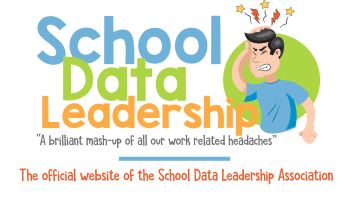Standard 3 - Understanding and Organizing Subject Matter for Student Learning
Teachers exhibit in-depth working knowledge of subject matter, academic content standards, and curriculum frameworks. They apply knowledge of student development and proficiencies to ensure student understanding of content. They organize curriculum to facilitate students' understanding of the subject matter. Teachers utilize instructional strategies that are appropriate to the subject matter. They use and adapt resources, technologies, and standards-aligned instructional materials, including adopted materials, to make subject matter accessible to all students. They address the needs of English learners and students with special needs to provide equitable access to the content.
3.5 Using and adapting resources, technologies, and standards-aligned instructional materials, including adopted materials, to make subject matter accessible to all students
As teachers develop, they may ask, “How do I…” or “Why do I…”
Know the full range of materials, resources, and technologies provided by the school or district
Guidance: Familiarize yourself with district-provided curriculum maps, tech tools, LMS platforms, and supplemental digital content. Attend trainings and collaborate with colleagues to share resource knowledge.
Select materials, resources, and technologies to support differentiated student learning of the subject matter
Guidance: Use adaptive digital tools, leveled texts, graphic organizers, and visual/audio supports to meet varied learner needs. Include options for student choice and multiple modalities of access.
Select and use learning materials and resources that reflect the diversity in my classroom
Guidance: Choose culturally responsive and inclusive texts, images, and voices. Represent a variety of ethnicities, languages, family structures, and identities across learning materials.
Use technologies to convey key concepts in the subject matter
Guidance: Use interactive simulations, visualizations, screencasts, and multimedia presentations. Integrate digital whiteboards, video creation, and game-based learning tools.
Learn about and access new instructional resources to support student learning
Guidance: Join professional learning networks, subscribe to edtech newsletters, explore webinars and conferences, and collaborate through subject-aligned teacher communities.
